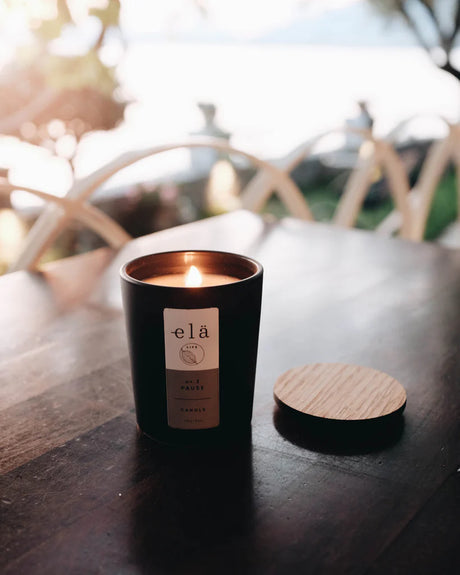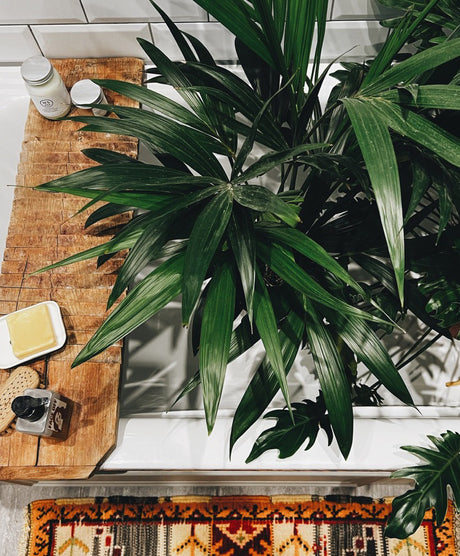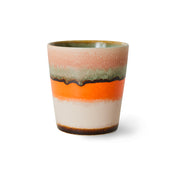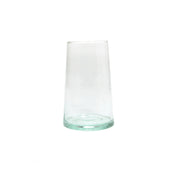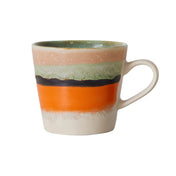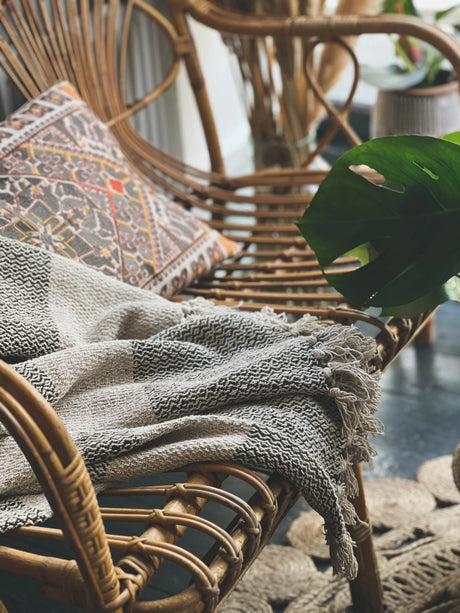
The benefits of choosing recycled cotton
By Jacqui Martin
Recycling cotton to create blankets or throws is an environmentally sustainable practice that offers several benefits. Firstly, it helps reduce waste and conserves natural resources such as water and...

